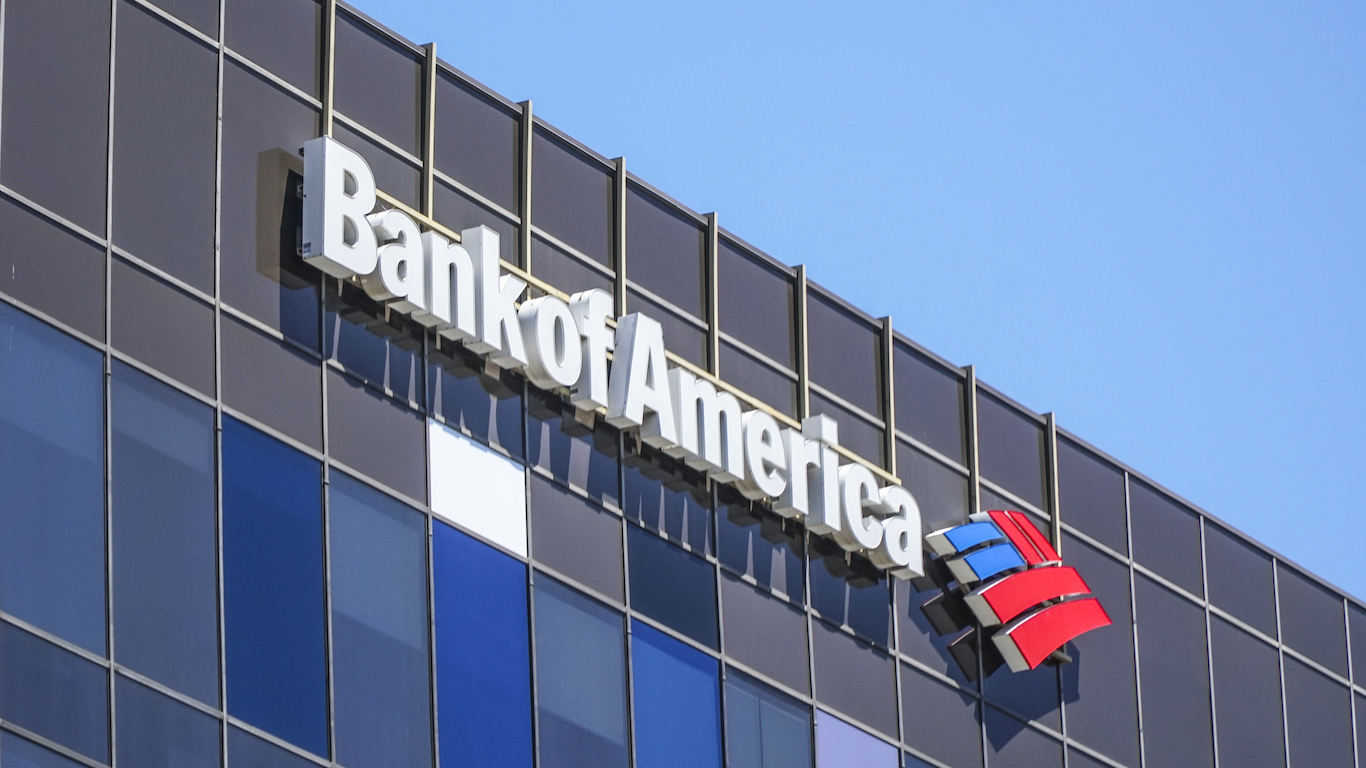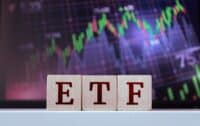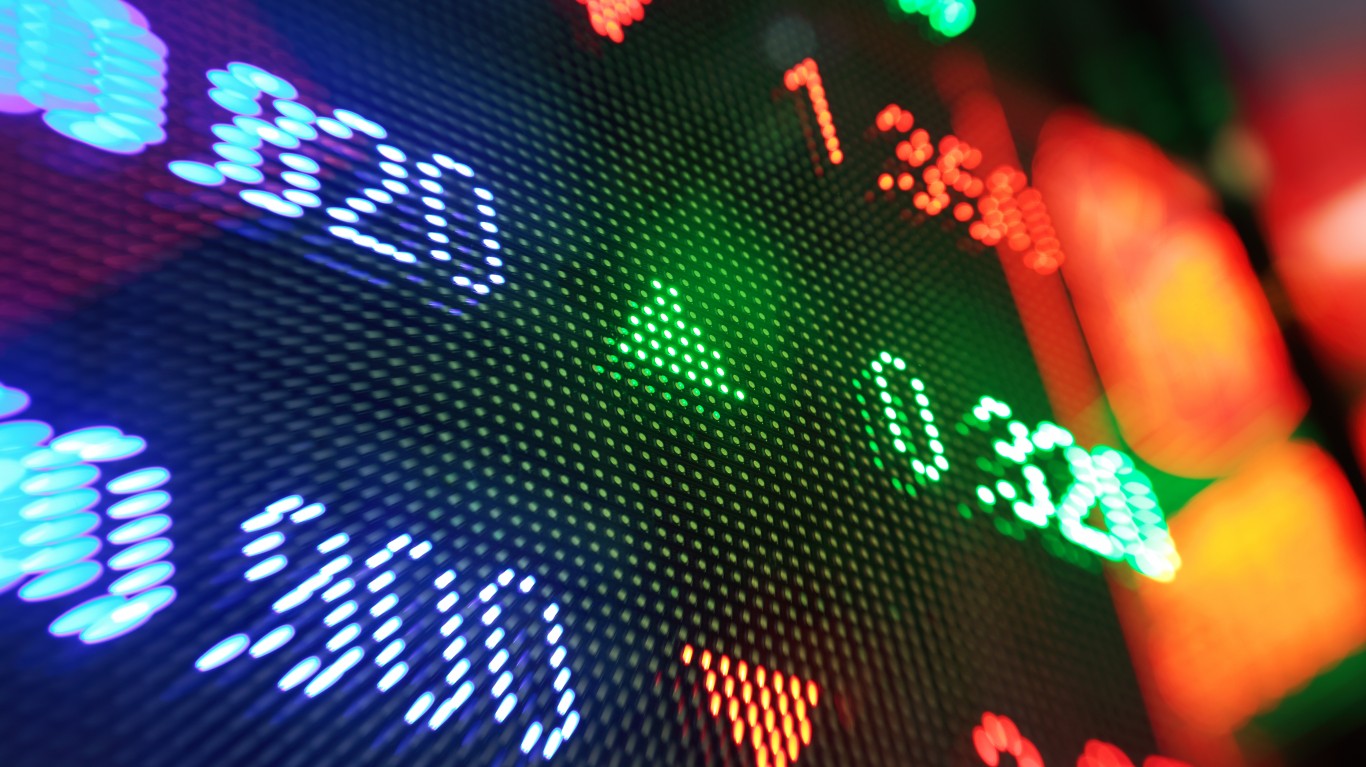 The Organization for Economic Cooperation and Development (OECD) said this morning that the most of the world’s major economies will continue to slow down in the next several months. The OECD’s leading economic indicator fell from 100.3 in June to 100.2 in July as some key eurozone economies slide into recession.
The Organization for Economic Cooperation and Development (OECD) said this morning that the most of the world’s major economies will continue to slow down in the next several months. The OECD’s leading economic indicator fell from 100.3 in June to 100.2 in July as some key eurozone economies slide into recession.
The largest economies, the so-called G7, are slated to post economic growth of just 0.3% in the third quarter and 1.1% in the fourth quarter of 2012. OECD projections indicate that the economies of Germany, France and Italy will grow at an annual rate of just 1% on average in the third quarter and 0.7% in the fourth quarter. The group’s chief economist said:
Our forecast shows that the economic outlook has weakened significantly since last spring. The slowdown will persist if leaders fail to address the main cause of this deterioration, which is the continuing crisis in the euro area.
Growth has been left behind in the three key eurozone economies. Germany’s economy is expected to contract at an annualized rate of 0.5% in the third quarter and 0.8% in the fourth. The French economy is projected to contract by 0.4% in the third quarter and grow by 0.2% in the fourth quarter. Italy remains in a “deep recession,” with expected contraction of 2.9% in the third quarter and 1.4% in the fourth.
The U.S. economy should fare somewhat better, growing by 2% in the third quarter and 2.4% in the fourth quarter. But the OECD is cautious:
A number of downside risks threaten the outlook, including the potential for further increases to already high oil prices, excessive fiscal contraction, notably in the United States in 2013, and further declines in consumer confidence linked to persistent unemployment.
It is numbers like this that lead many observers to believe that governments will soon take steps to stimulate their economies. Later today we will hear from the FOMC on whether another easing program is coming in the United States, but the odds are growing every moment that such a step will be announced.
Paul Ausick
In 20 Years, I Haven’t Seen A Cash Back Card This Good
After two decades of reviewing financial products I haven’t seen anything like this. Credit card companies are at war, handing out free rewards and benefits to win the best customers.
A good cash back card can be worth thousands of dollars a year in free money, not to mention other perks like travel, insurance, and access to fancy lounges.
Our top pick today pays up to 5% cash back, a $200 bonus on top, and $0 annual fee. Click here to apply before they stop offering rewards this generous.
Flywheel Publishing has partnered with CardRatings for our coverage of credit card products. Flywheel Publishing and CardRatings may receive a commission from card issuers.
Thank you for reading! Have some feedback for us?
Contact the 24/7 Wall St. editorial team.





